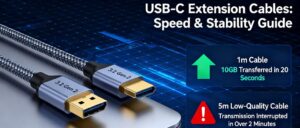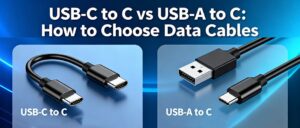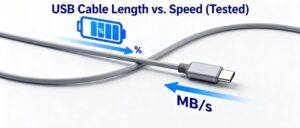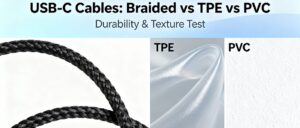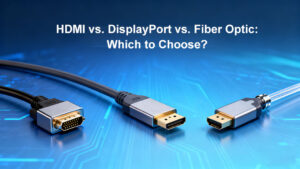
USB-C’s Next Leap:240W &80Gbps Soon
USB-C has already replaced a jungle of ports (USB-A, HDMI, VGA) as the universal standard for charging, data, and display. But the best is yet to come: industry insiders hint at next-gen USB-C cables with 240W high power delivery and 80Gbps data transfer rates—game-changers for how we use our devices. 240W Power: Charge More, Faster Current USB-C maxes out at 100W (enough for mid-range laptops). The 240W upgrade will: Charge a 16-inch gaming laptop from 0-100% in 30 minutes (vs 1+ hour now). Power 8K monitors or portable workstations without separate power bricks. Even charge small devices like electric scooters or power tools via a single cable. 80Gbps

